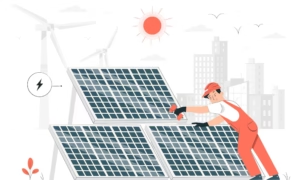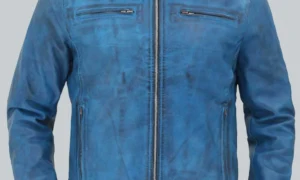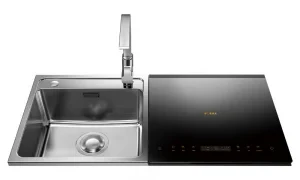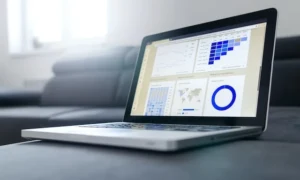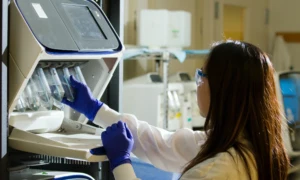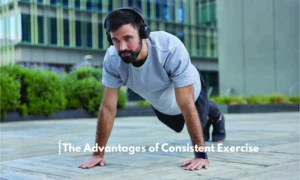
Introduction:
In the ever-evolving world of cosmetic enhancements, Botox injections have emerged as a transformative and widely embraced solution for those seeking to turn back the clock on aging. With promises of smooth skin and a rejuvenated appearance, Botox has become synonymous with non-invasive facial rejuvenation. This blog aims to unravel the rich history, delve into the intricate science, explore diverse applications, and address common misconceptions surrounding Botox—a true amalgamation of art and science in the pursuit of timeless beauty.
Tracing the Evolution of Botox:
The story of Botox unfolds against the backdrop of medical innovation. Originally developed to treat neuromuscular disorders, Botox, derived from the bacterium Clostridium botulinum, found an unexpected application in the world of cosmetics. Practitioners discovered its ability to relax facial muscles, reducing the appearance of wrinkles. In 2002, the FDA granted approval for Botox’s cosmetic use, marking a pivotal moment in the evolution of non-surgical aesthetic procedures.
The Artistry in the Science of Botox:
The effectiveness of Botox lies in the delicate interplay between its scientific mechanism and the artistry of its application. The botulinum toxin disrupts the release of acetylcholine, a neurotransmitter responsible for muscle contractions. By selectively inhibiting muscle activity, Botox induces a temporary relaxation or paralysis, smoothening wrinkles and fine lines. The true art lies in the precision of injection, where skilled practitioners sculpt the face to achieve natural-looking results while maintaining expressive features.
Diverse Applications: Beyond Wrinkle Smoothing
While Botox is renowned for its ability to reduce wrinkles, its applications extend beyond facial aesthetics:
- Dynamic Wrinkle Reduction: Botox is particularly effective in treating dynamic wrinkles caused by repetitive facial expressions, such as crow’s feet, forehead lines, and frown lines. Targeted injections relax specific muscles, unveiling a refreshed and more youthful appearance.
- Preventative Measures: A growing trend involves using Botox preventatively, especially among younger individuals. Starting treatments early can proactively delay the onset of wrinkles, preserving a youthful look over time.
- Migraine Management: Botox has earned FDA approval for treating chronic migraines. Administered in specific areas of the head and neck, it helps alleviate muscle tension, reducing the frequency and severity of migraines.
- Hyperhidrosis Relief: Botox injections offer a solution for hyperhidrosis, a condition characterized by excessive sweating. By blocking nerve signals that stimulate sweat glands, Botox effectively manages persistent sweating issues.
Dispelling Common Myths:
Botox, despite its widespread acceptance, is often accompanied by myths that deserve clarification:
- Expressionless Faces: Skilled practitioners prioritize preserving natural facial expressions. When administered by experienced injectors, Botox enhances features without resulting in a frozen or expressionless appearance.
- Addiction Concerns: Botox is not physically addictive. Individuals retain the autonomy to decide when to discontinue treatments without facing withdrawal symptoms, highlighting the personal choice aspect of cosmetic procedures.
- Painless Procedure: While Botox injections involve fine needles, practitioners often use topical anesthetics to minimize discomfort. The mild pain associated with the procedure is generally well-tolerated, ensuring a relatively painless experience for the patient.
Conclusion:
Botox injections stand at the crossroads of art and science, offering a nuanced approach to facial rejuvenation. With a rich history, diverse applications, and the ability to dispel common myths, Botox continues to redefine beauty standards. Choosing Botox means embarking on a journey that seamlessly merges the elegance of artistry with the precision of scientific innovation—a journey toward timeless transformation and confident self-expression.









